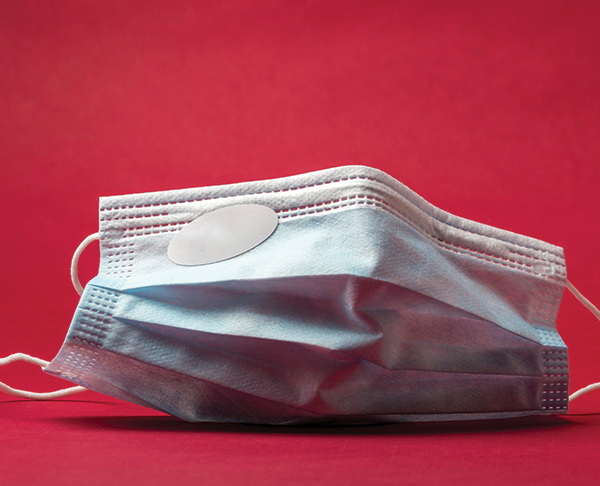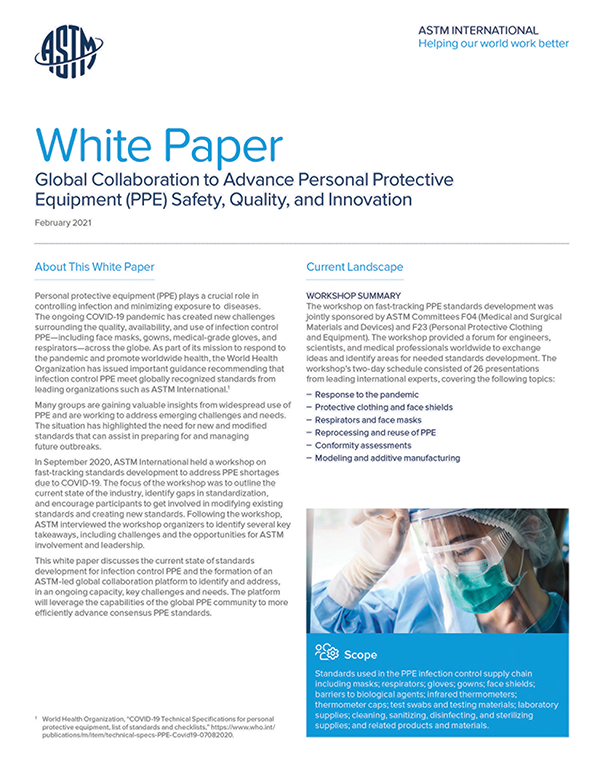Businesses to spend more to combat cybersecurity threats in 2021
A recent Canalys study predicting cybersecurity trends for 2021 anticipates businesses will spend 10% more to boost security, according to forconstructionpros.com. Cybersecurity will remain a high priority as the range of threats broadens and new vulnerabilities emerge.
Statista.com reports there has been a sharp increase in data breaches and exposed records during the past 15 years. In 2005, there were 157 data breaches, and in 2019, there were 1,506 data breaches—an 859% increase.
The overall cybersecurity market value is expected to reach $60.2 billion in 2021. Even in Canalys’ worst-case scenario, the outlook for annual growth is 6.6%.
Despite continued growth in cybersecurity investment, the number of data breaches and records being compromised, as well as ransomware attacks, reached an all-time high in 2020. Key factors were misconfigurations of cloud-based databases and phishing campaigns targeting the vulnerabilities of unsecured and poorly trained remote workers.
Canalys forecasts web and email security will grow 12.5% this year as technologies converge to secure persistent connections between users and cloud services. Vulnerability and security analytics will increase 11%, expanding beyond logging and monitoring to threat intelligence, behavior analysis and automated response. Data security will increase 6.6%, focusing on protection, backup and recovery, as well as consistent policies across multicloud and hybrid-IT environments.
Wearable stickers could help detect COVID-19

|
Researchers at the University of California San Diego are developing a color-changing test strip that can be stuck on a mask and used to detect COVID-19 in a user’s breath or saliva, according to constructiondive.com.
The project received $1.3 million from the National Institutes of Health and is aimed at providing simple, affordable and reliable surveillance for COVID-19 infections that can be used daily and easily implemented in settings such as construction sites.
The test strips, or stickers, will be designed to adhere to any type of mask and will detect the presence of protein-cleaving molecules—called proteases—produced from COVID-19 infection. As a user breathes through the mask, particles will accumulate in the test strip. At the end of the day or during a mask change, the user can conduct the test by squeezing a blister pack to release nanoparticles that change color in the presence of COVID-19 proteases. A control line on the test strip will show what a positive result should look like.
“In many ways, masks are the perfect ‘wearable’ sensor for our current world,” says Jesse Jokerst, professor of nanoengineering at the University of California San Diego Jacobs School of Engineering and lead principal investigator of the project. “We’re taking what many people are already wearing and repurposing them, so we can quickly and easily identify new infections and protect vulnerable communities.”
However, Jokerst says the strips are not meant to replace other COVID-19 testing protocols and should be viewed as “a surveillance approach, similar to having a smoke detector in your house.”
The test strips easily can be mass produced via roll-to-roll processing and, if approved, reportedly could be ready for distribution by the end of 2021. The price for the strips would be about $1 each.
Once the COVID-19 pandemic ends, Jokerst says the tests could be used to detect other coronavirus outbreaks, including MERS and SARS.
ASTM International approves barrier face coverings standard

|
ASTM International has approved a new standard for barrier face coverings that will help establish minimum design, performance, labeling and care requirements for reusable barrier face coverings, according to astm.org. The standard was developed by ASTM International Committee F23 on Personal Protective Clothing and Equipment.
F3502, “Standard Specification for Barrier Face Coverings,” is intended to apply to the general public and workers and includes specific requirements for barrier face coverings, including design and general construction criteria; particle filtration efficiency levels; sizing and fit testing criteria; labeling instructions; and guidance regarding cleaning and recommended periods of use.
Numerous ASTM personal protective equipment standards have been recognized internationally by the World Health Organization and by U.S. health agencies such as the Centers for Disease Control and Prevention, National Institute for Occupational Health and Safety and the Food and Drug Administration.
ASTM International also released a technical white paper, “Global Collaboration to Advance Personal Protective Equipment (PPE) Safety, Quality, and Innovation,” which identifies the current landscape of standards development for PPE.



